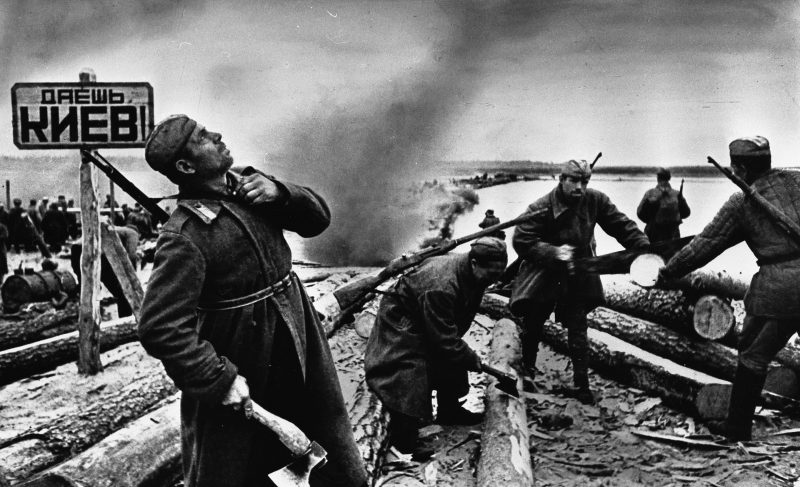A sad top 10 of the most costly battlefields in the Second World War and it will not surprise anybody that this top 10 is mostly filled with the battles on the Eastern Front.
Number 10 on our list will be a surprise to some, as we start off this with the Battle for France.
10. The Battle for France – 1940
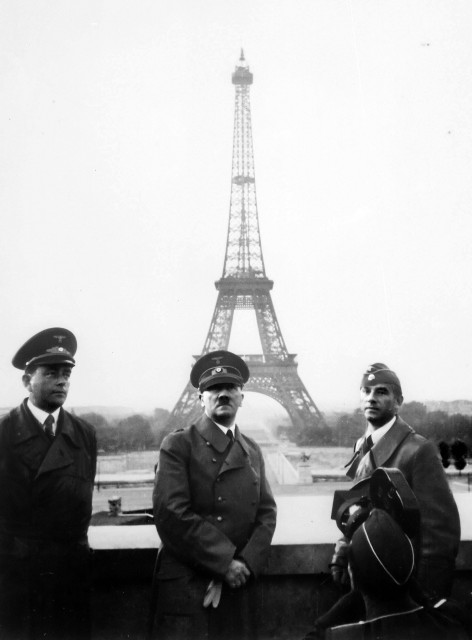
In 1940 the Maginot Line, a string of fortresses along the eastern boundary of France, was supposed to protect France from a German attack. But on May 10, the Germans attacked from the north, through the Netherlands and Belgium. The Allies marched into Belgium to meet them, but were cut off by Panzers in the Ardennes Forest. The British and French were pushed back to the English Channel, where many were evacuated by England.
On June 5 the Germans launched a second attack against what remained of the French army, supported by the Luftwaffe. German tanks advanced toward the Maginot Line and overcame the French forces there, taking most from behind. The French were broken. The Germans drove toward Paris and captured it without a fight on June 14. France surrendered on June 22. The invasion had lasted only six weeks.
517,000 men were killed or wounded. Seventy percent of those were French.
9. Narva
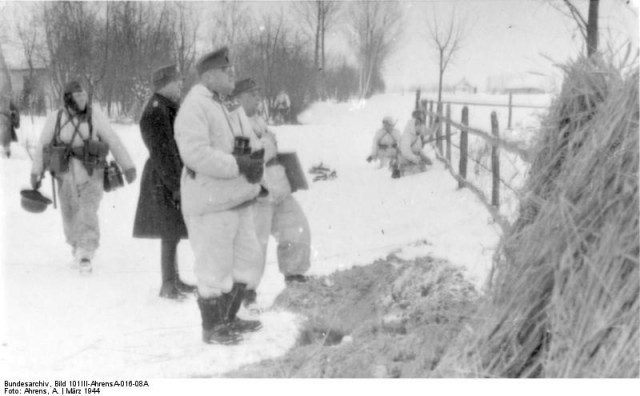
During the Battle of Narva, Soviet Forces were pushing west from Leningrad towards the Estonian city of Narva, on the river with the same name. On February 2nd, 1944 the offensive started and they quickly pushed the Germans back to the river. After an assault river crossing, bridgeheads were established on the western bank north and south of the city even though the Germans still held a position on the Eastern bank.
The Germans were able to stop the Soviets from expanding their bridgeheads and in a number of ferocious counterattacks they managed to destroy the northern bridghead and reduce the southern one. This stabilized the front until July 1944 when the Soviets launched another offensive which forced the Germans 10 miles back to a their prepared Tannenberg Defence Line in the Sinimäed hills where the attack was stopped.
Estimated casualties: 550,000, 87% of them Russian.
8. Battle for Berlin
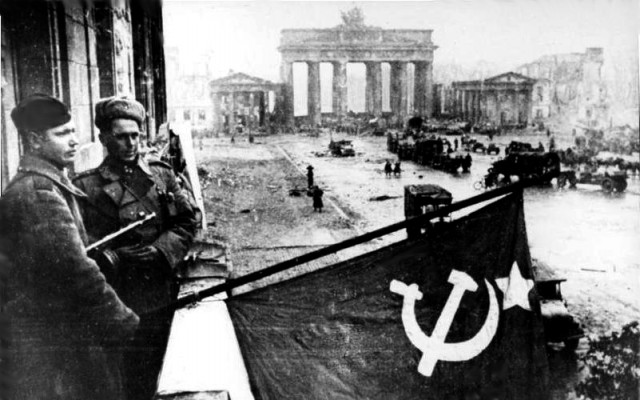
The battle within the city lasted from 20 April until the morning of 2 May. Before the main battle in Berlin commenced, the Soviets managed to encircle the city as a result of their success in the battles of the Seelow Heights and Halbe. On 20 April 1945, the 1st Belorussian Front started shelling Berlin’s city centre, while Marshal Ivan Konev’s 1st Ukrainian Front had pushed from the south through the last formations of Army Group Centre.
The German defences were mainly led by Helmuth Weidling and consisted of several depleted, badly equipped, and disorganised Wehrmacht and Waffen-SS divisions, the latter of which included many SS foreign volunteers, as well as poorly trained Volkssturm and Hitler Youth members. Within the next few days, the Soviets rapidly advanced through the city and reached the city centre where close-quarters combat raged.
The city’s defenders finally surrendered on 2 May.
Casualties are estimated at 680,000, this excludes captured German soldiers (another 480.000)
7. Operation Bagration 1944
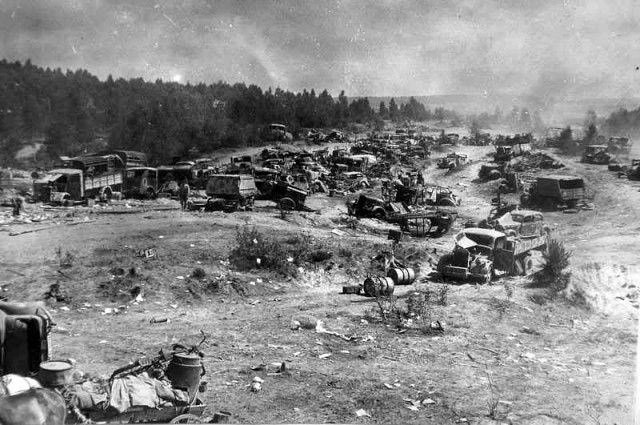
Operation Bagration was named after a Russian general who fought Napoleon Bonaparte when he invaded Russia in 1812. The campaign had the same aim: to repel the invaders, who this time were the Germans.
The aim of the campaign was to drive the Germans from Belorussia and eastern Poland. The Soviets began the attack on June 22 and by August 19 the German Fourth and Ninth Armies, as well as the Third Panzer Army, were almost entirely destroyed. The Germans had never experienced such a disastrous defeat. The Soviets liberated western Russia and parts of Romania and Poland, and the Germans never recovered from their defeat.
Total number of soldiers engaged in this battle: 2,556,793, casualty estimates range from 528,000 – 1,430,000, or 20% to 55%
6. Battle for Moscow, 1941
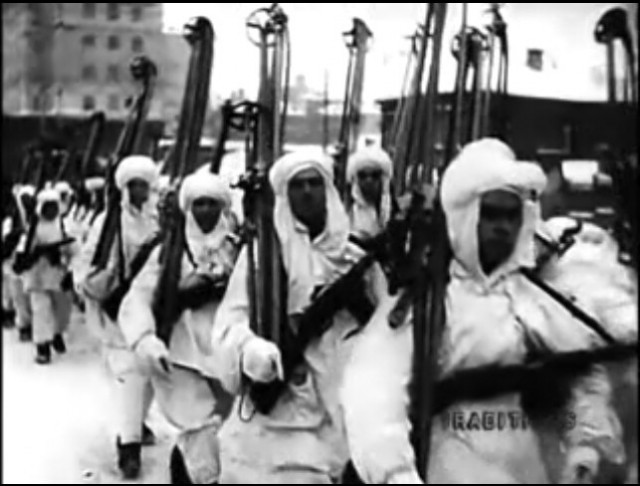
In 1941 Axis forces advanced east into Russia, driving toward Leningrad and the capital, Moscow. If these important cities fell, the Soviets would most likely be forced to sue for peace. On October 2nd the Nazis launched their attack on Moscow. The campaign, codenamed Operation Typhoon, intended to trap Moscow in an attack from both the north and the south. In the meantime, the 4th Army would attack from the west.
The Russians prepared three defensive lines and reinforced them with new armies and troops from the Far East. These succeeded in halting the German advance, after the Russians launched an attack of their own which almost surrounded three German armies.
Casualty estimates range from 824,000 to 1.6800.000, with 3 times more casualties on the Russian side.
5. The battles for Kursk, 1943
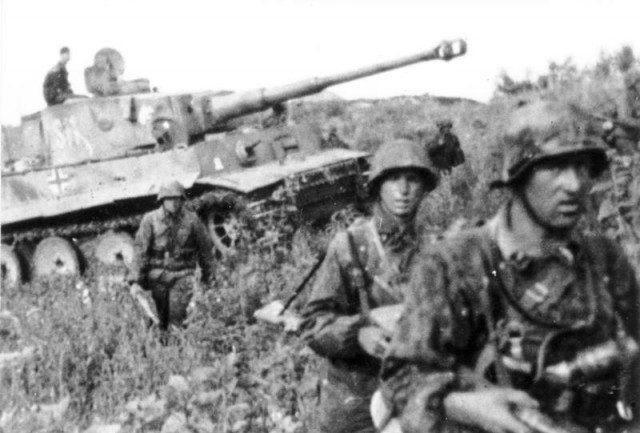
In the Summer of 1943, after the disaster at Stalingrad, the Germans decided on a limited attack on the Soviet lines near Kursk. The plan was to pinch of a salient, encircle a large Soviet army, shorten the lines and retake the initiative.
Unfortunately for the Germans, the Soviets had learned of their plans and turned the salient in one massive defensive position. On July 5th 1943 the Germans launched their attack which quickly bogged down. On July 12th near Prokhorovka, the 5th Guards Tank Army of the Soviet Red Army attacked the II SS-Panzer Corps which led to the biggest tank battle in military history.
On August 23rd, 1943 the Germans called off their attack having made very little progress at staggering cost.
Over 6,132,000 soldiers were engaged in this battle, total casualties are estimated around 1,038,862 (16,9%)
4. Siege of Leningrad
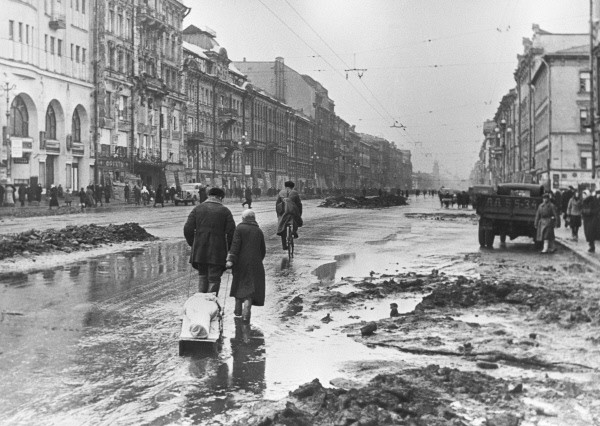
Leningrad, now called St Petersburg, was the most important Russian city after Moscow. The Germans wanted to wipe it off the map in order to defeat Russia. The Wehrmacht surrounded the city, cutting off its supply route, and began the siege on September 6, 1941. It remained under siege until January 27, 1944. It was one of the most terrible sieges of all time and thousands of people died of starvation, the Soviets managed to open a narrow supply line on January 18, 1943 so most of the population could be evacuated but by then countless civilans had died.
Casualties are estimated between 1,117,000 and 4,500,000
3. Battle for Stalingrad 1942 – 1943:
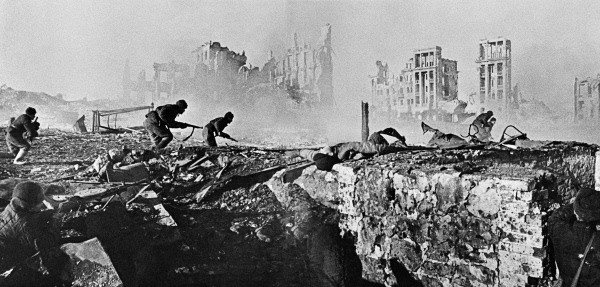
Stalingrad, now called Volgograd, was on the Volga River in southern Russia. On August 23, 1942, the German 6th Army attacked the city, supported by heavy bombing from the air. Much of the city was in ruins, and there was fierce fighting in the streets. The Germans eventually pushed the Russians west along the Volga, but at great cost.
On November 19 the Soviets counter-attacked, advancing on the weak flanks of the 6th Army. The flanks collapsed, and the remainder of the army was cut off. Nevertheless, intense fighting continued until the Germans, without food or ammunition, surrendered in February 1943.
Casualties are estimated from 1,250,000 to 1,798,000.
2. Dniepr Campaign, 1944
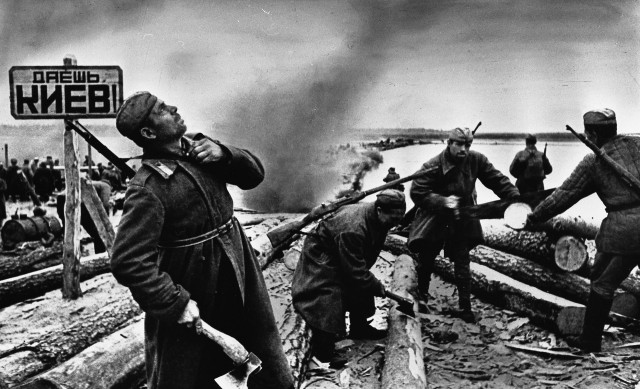
The Dnieper is a river in Russia. During this enormous campaign, involving almost 4,000,000 men and fought along a 1,400-kilometer front, the Soviets drove the Germans across the river and liberated the Ukrainian city of Kiev. The battle was fought over four months and was one of the largest military engagements of the Second World War.
Casualties range from a low estimate of 1,582,000 to up to 2,480,000.
1. Operation Barbarossa
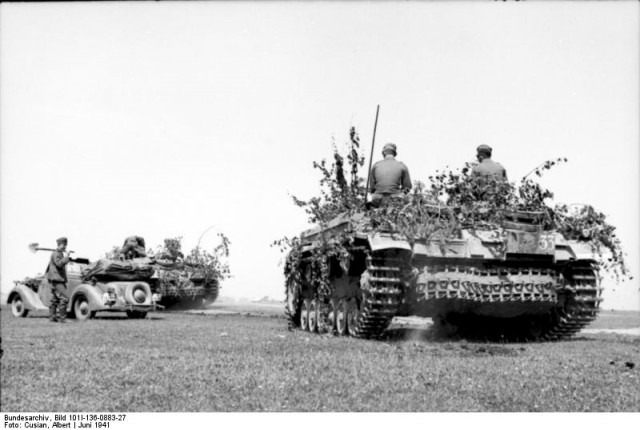
Germany launched Operation Barbarossa, the invasion of the Soviet Union, on June 22, 1941. It was named after Frederick I Barbarossa, an emperor of Germany who, according to legend, would return and restore Germany to greatness.
In the beginning, the Germans advanced east, winning victory after victory. But the Russians halted their advance at Moscow, and the Germans failed to capture Leningrad. Afterward, the Red Army began to launch its own attacks. It forced Germany into a war of attrition, a conflict it could not win.
Barbarossa ended on December 5, 1941. It was the largest invasion in history, involving 4,000,000 Axis forces, 600,000 vehicles and almost 700,000 horses, fought over 2,900 km. The Russians defended with about 2,489,000 troops.
Around 6,480,000 soldiers were engaged in this battle, casualties range from a low estimate of 1,400,000 (21,6%) to up to 5,000,000 (77,1%).
Authors Note:
For the casualty figures this Wikipedia page were used and refined where possible using the relevant Wikipedia pages. Prisoners taken are not part of the number of casualties, only killed, wounded and or missing.
